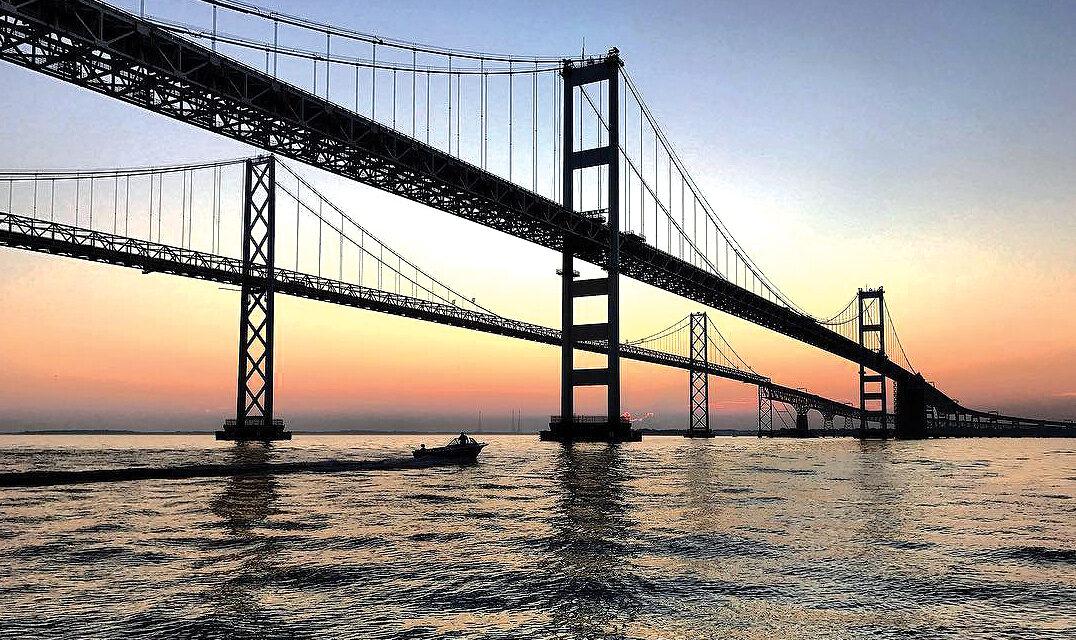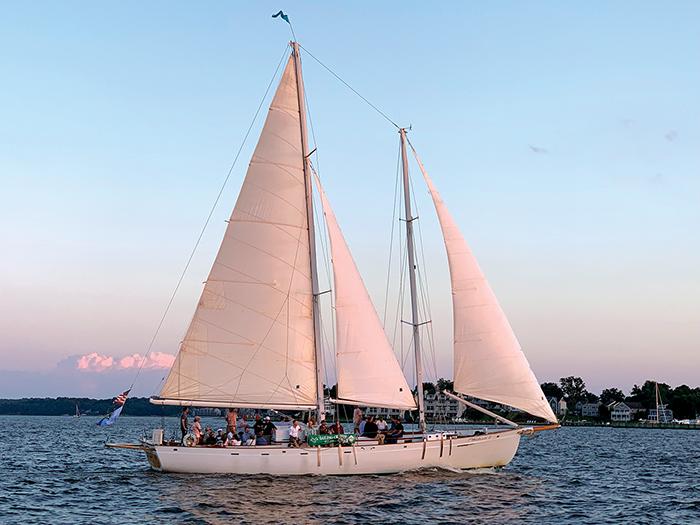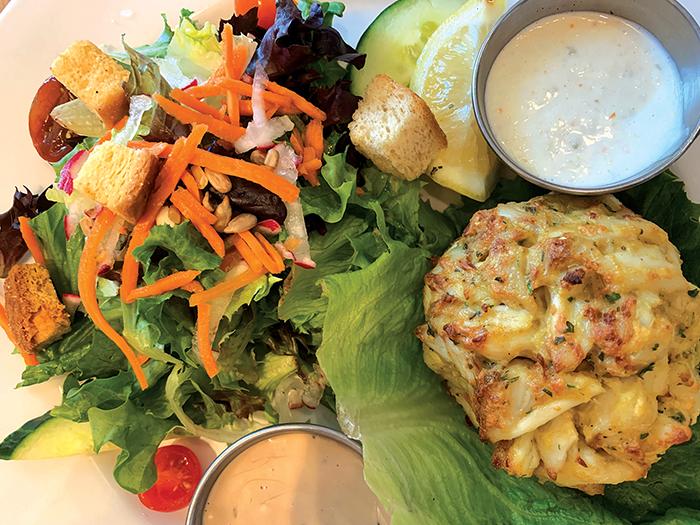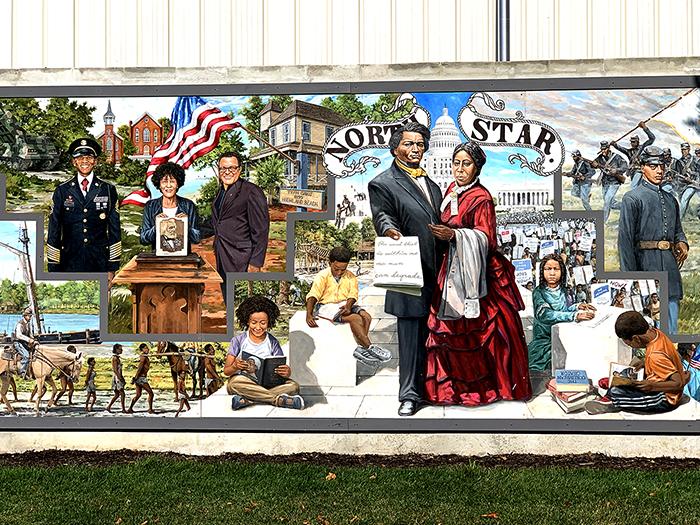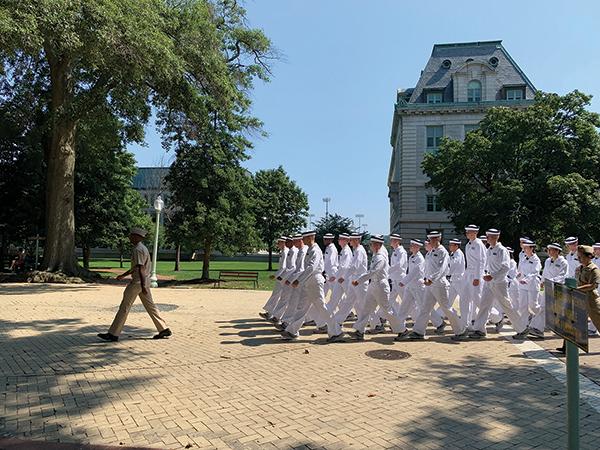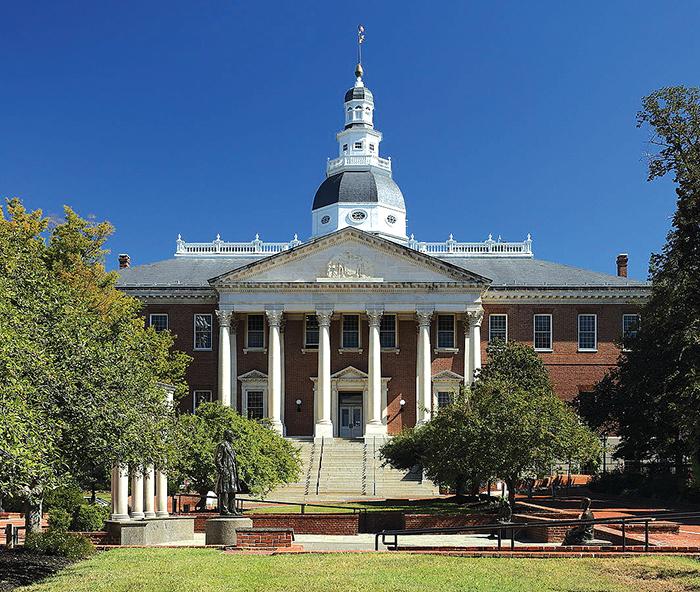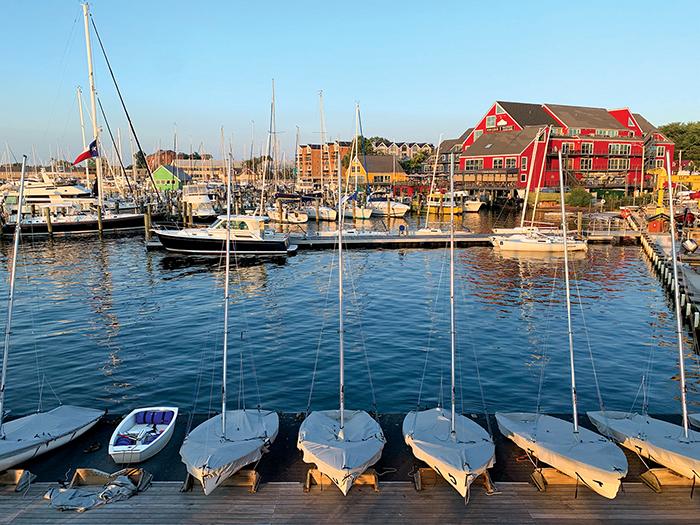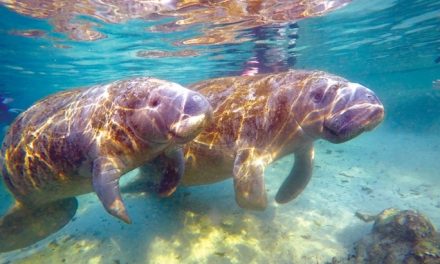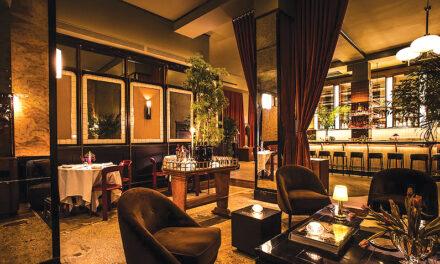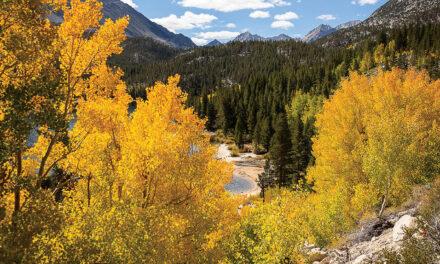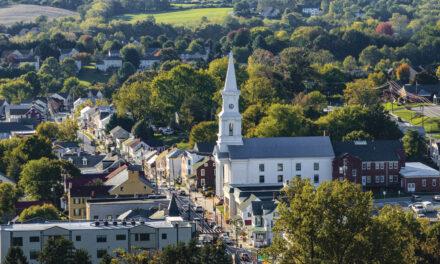USA
Chesapeake Bay: Road Tripping Annapolis and Maryland’s Eastern Shore
by Jennifer Merrick
Estuaries, where salt and fresh water meet and interlace with the land, are remarkable ecosystems, providing wildlife habitat, purifying water and protecting shores from storms. Chesapeake Bay is North America’s largest estuary, stretching from New York to Virginia, with an astounding 18,804 kilometers of shoreline (more than the entire US West Coast) with over 100 tributaries that drain into a more than 100,000-square-kilometer basin. It supports over 3,600 species of plants, fish and animals and produces about 500 million pounds of seafood annually.
On this summer’s road trip, we drove nine hours from Toronto to Maryland’s Eastern Shore to explore a part of this coastline and were delighted at every turn with the region’s storied history, nautical pursuits and culinary riches, including the BEST crabcakes ever.
Annapolis, Maryland’s state capital, located about 50 kilometers from Washington, DC, was our first stop. As we walked along the red-brick sidewalks, we quickly understood how the city earned its nickname: the museum without walls.
“There are more colonial buildings here than in DC, Boston and Philly,” said Susan Hall, visitor service manager of the Museum of Historic Annapolis and tireless member of the city’s historical society. She explained that like Bruges in Europe, the city was simply overlooked; as bigger ports like Baltimore modernized, Annapolis’s buildings remained intact. This heritage, combined with the city’s walkability and plethora of independent shops and restaurants, made it a pleasure to stroll.
We learned more about its history on a self-guided tour of the wooden-domed Maryland State House, the oldest in continuous legislative use and where George Washington resigned, returning authority to the people instead of claiming power for himself. A bronze statue of Harriet Tubman in the Old House of Delegates Chambers honoured the heroine of the Underground Railroad who risked her life, time and time again, returning to her native Maryland to free her family and dozens of others from slavery.
Following the red-bricked sidewalks, we passed by the city docks and the old marketplace to delve into more history at the Museum of Historic Annapolis, which chronicled everything from the earliest native history of the Bay to why Annapolitans burn their socks. In case you’re wondering, it’s a tradition to celebrate spring in the hopes of not wearing them again until the cold weather returns.
An integral part of the city was the US Naval Academy, the ‘Top Gun’ military school that’s been training cadets for careers as officers in the Marines and Navy since 1845.
“We are part of the charm of Annapolis,” said Bob Cepek, our guide who himself graduated from the Academy in 1963.
Set on 338 acres, right next to downtown, the campus or ‘yard’, as it’s commonly referred to as, is a national historic landmark for its heritage buildings and striking 19th century French architecture. With Bob as our gracious and knowledgeable guide, we learned about the Academy, both its quirky traditions (Bill the goat mascot and freshmen climbing a greased obelisk for a second-year hat) and its impressive achievements (54 astronauts are graduates, and the origin of the motto: never give up the ship). Stops included the landmark chapel with its commissioned Tiffany windows and 268-rank organ; the ornate crypt of John Paul Jones, a Revolutionary War hero and founder of the Navy, and the jaw-dropping entrance of Dahlgren Hall, where a full-sized replica of the Wright brothers’ aircraft hung from its cathedral ceilings.
As it was summer, the only students were the ‘plebes’, first years in the middle of their ‘plebe summer’, a six-week intensive orientation boot camp. We watched them doing drills near Bancroft Hall, affectionately known as ‘Mother B’ to the over 4500 midshipmen who live here for four years.
Our hotel in Annapolis, the Graduate, catered to the Academy’s alumni, and its décor featured nautical photos and paintings, luggage trunks as night tables and photos of its famous alumni, including David Robinson, the football star. Its central location meant we could walk to the city’s attractions and its fabulous restaurants like the Iron Rooster and Miss Shirley’s, both institutions in the city known for their hearty and delicious breakfast concoctions. Preserve on Main Street was a meal to remember with its innovative farm-to-table menu items that each had an element of pickles or fermentation, their specialty.
As walkable as Annapolis is, you can’t leave the city without getting on the water. It does have another nickname, after all: The Sailing Capital of America.
We boarded the Woodwind, a 74-foot schooner, for a true sailing experience with Annapolis Sailing Cruises, on a windy Wednesday evening, which was race night on the Bay. It was a thrill to see so many boats out and have a fun race ourselves with Woodwind II, the sister ship to ours.
In every great sailing destination, a watering hole exists where sea dogs congregate, and in Annapolis it was Boatyard Bar and Grill in Eastport, a community just outside of the city. This laidback hub, now in its 21st year, has attracted everyone from working watermen to celebrities like Michelle Obama and Jimmy Buffet. It was here I first tasted an authentic Maryland crab cake. The grilled mounds of succulent, perfectly seasoned blue crab were so different than the breaded fried patties I’d previously had that I was spoiled for life.
Also in Eastport is the Annapolis Maritime Museum dedicated to the unique aspects of Chesapeake Bay.
“People think of it as a playground,” said our guide Gwen. “But it’s an ecosystem.”
The exhibits chronicled the geological and social history that intertwined the Bay with the communities that inhabit its shores, emphasizing the devastating impact of over-harvesting the oysters and the importance of conservation.
In the next few days, we road tripped through some of these communities on Maryland’s Eastern Shores: Easton, St. Michaels, Oxford, Chestertown and Rock Hall. Each had their own personality, showcased their unique heritage and boasted culinary highlights (including crab cakes that rivalled the Boatyard’s). And more often than not, it was connected to the grand Chesapeake Bay.
“There’s no place else like it,” said Mark Einstein, captain of Blue Chesapeake Charters. Passionate about sailing, he and his wife, Suzanne, have navigated their boat along the coast and in the Caribbean, but always come back to their home in Rock Hall.
“It’s authentic,” Mark said. “And we’re right on the open channel.” Looking out at the horizon, Chesapeake Bay stretched out our as far as the eye could see. As we cruised, we passed an osprey nest, where an awkward-looking fledgling was flapping its wings, practicing for when it would shortly leave the nest. In autumn, it’ll go south to Central and South America, but come back to the Bay next spring. And with any luck, so will we.

